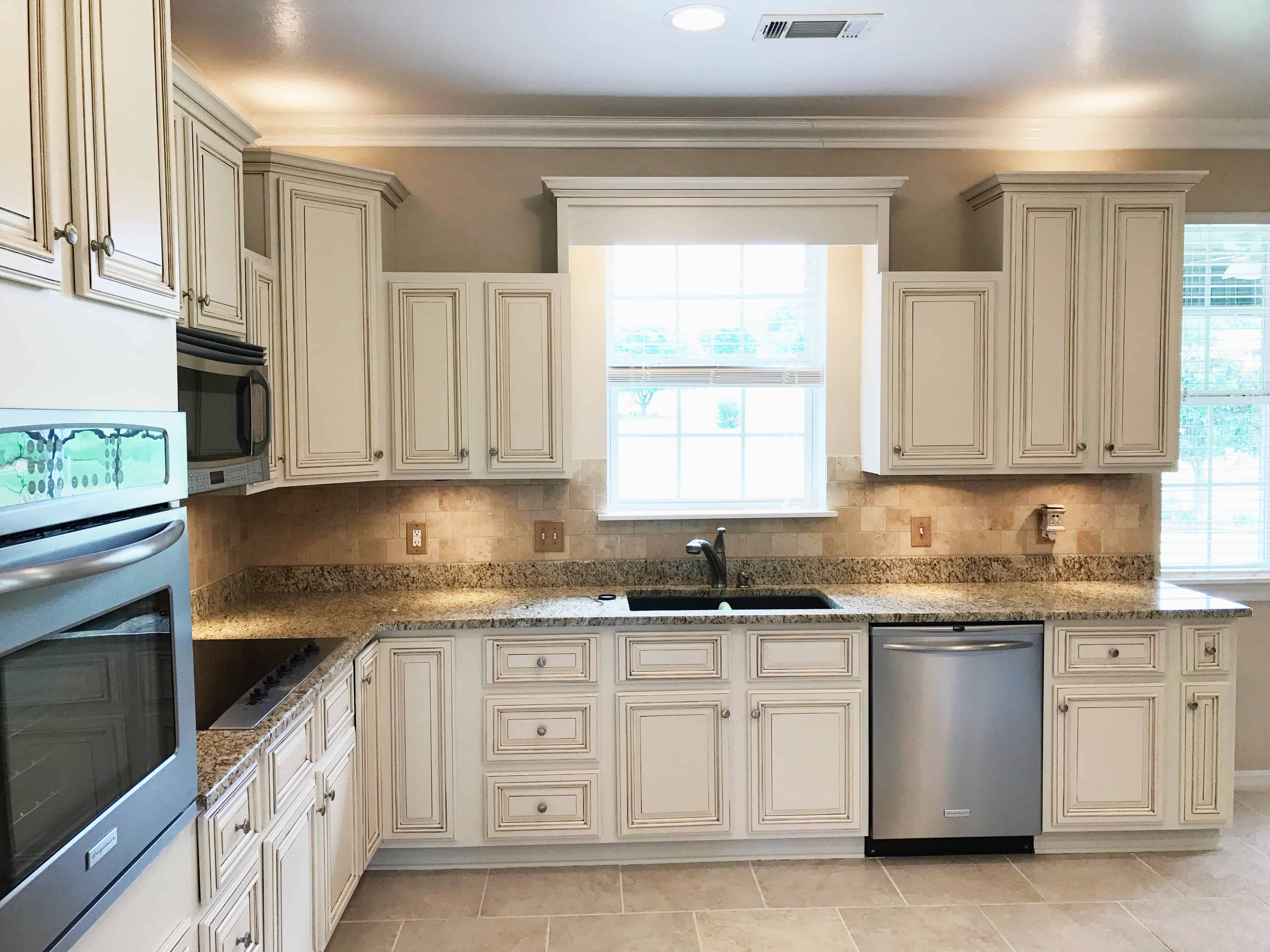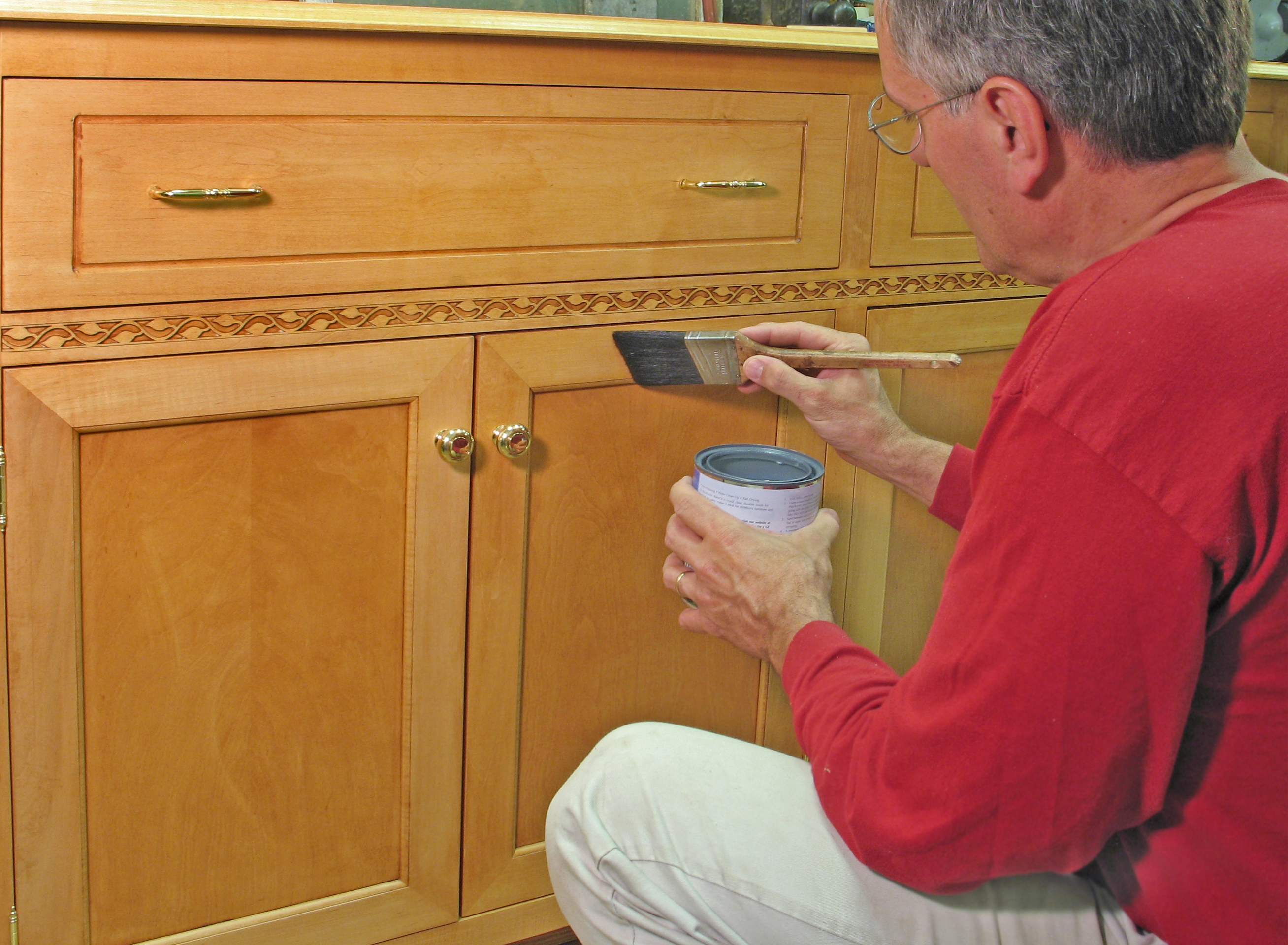Paint Properties: Is Cabinet Paint Different Than Wall Paint

The choice between cabinet paint and wall paint ultimately depends on the specific project and desired outcome. While both types of paint are designed to cover surfaces, they differ significantly in their formulations, catering to the unique demands of their intended applications.
Paint Formulation Differences
Cabinet paint and wall paint differ significantly in their formulations, primarily to ensure durability, finish, and adhesion suitable for their intended applications.
- Durability: Cabinet paint is designed to withstand frequent wear and tear, making it ideal for high-traffic areas. It typically contains higher concentrations of resins and pigments, contributing to its durability and resistance to scratches, chips, and fading. In contrast, wall paint is formulated for less demanding applications, prioritizing aesthetics and ease of application over extreme durability.
- Finish: Cabinet paint often offers a wider range of finishes, including high-gloss, semi-gloss, satin, and matte. These finishes not only enhance the visual appeal but also contribute to the paint’s durability and ease of cleaning. Wall paint, on the other hand, primarily focuses on matte or eggshell finishes, offering a softer, more subdued aesthetic.
- Adhesion: Cabinet paint is specifically formulated to adhere strongly to smooth, hard surfaces like wood and laminate, ensuring a lasting finish. Wall paint, designed for porous surfaces like drywall and plaster, is formulated to provide good adhesion without sacrificing breathability.
Comparison of Key Properties
The following table provides a detailed comparison of the key properties of cabinet paint and wall paint:
| Property | Cabinet Paint | Wall Paint |
|---|---|---|
| Intended Use | Cabinets, furniture, trim, doors | Walls, ceilings, trim |
| Durability | High, resistant to scratches, chips, and fading | Moderate, suitable for general wear and tear |
| Finish | High-gloss, semi-gloss, satin, matte | Matte, eggshell |
| Adhesion | Excellent, adheres well to smooth, hard surfaces | Good, adheres well to porous surfaces |
| Drying Time | Typically longer, allowing for a smoother, more durable finish | Generally faster, suitable for quick application |
| Cleaning Method | Can be easily cleaned with soap and water, depending on the finish | Generally requires gentle cleaning with a damp cloth |
Role of Primers
Primers play a crucial role in both cabinet and wall painting, creating a smooth, uniform surface that ensures optimal adhesion and a long-lasting finish.
- Cabinet Painting: Primers for cabinets are designed to seal the surface, prevent stains from bleeding through, and provide a smooth base for the top coat. They can also help to improve adhesion, especially on surfaces like laminate or previously painted wood.
- Wall Painting: Primers for walls are formulated to seal the surface, prevent uneven absorption, and promote adhesion. They are particularly important for surfaces with imperfections, stains, or previous paint layers.
Application Techniques

Painting cabinets and walls requires different application techniques due to the nature of their surfaces. Cabinets, with their smooth, detailed surfaces, necessitate meticulous application for a professional finish, while walls, being larger and often textured, demand a different approach.
Application Methods for Cabinets and Walls
Applying paint to cabinets and walls involves distinct methods, each tailored to the specific surface. Cabinets require a more precise approach due to their intricate details, while walls allow for a more relaxed application.
- Cabinets: Painting cabinets often involves using a brush for intricate details, such as corners and edges, and a roller for larger surfaces. This allows for precise application and minimizes the risk of streaks or uneven coverage.
- Walls: Walls, due to their larger size and often textured surfaces, are typically painted using a roller. The size of the roller can vary depending on the size of the wall and the desired finish. For intricate details, a brush can be used, but it is generally less necessary than with cabinets.
Best Practices for Achieving a Professional Finish, Is cabinet paint different than wall paint
Achieving a professional finish requires specific techniques for both cabinets and walls. Understanding these techniques can elevate the overall look and feel of your painting project.
- Cabinets:
- Brush Strokes: For cabinets, use smooth, even brush strokes, ensuring each stroke overlaps the previous one slightly to avoid streaks or gaps. Apply thin coats, allowing each coat to dry completely before applying the next.
- Roller Selection: Use a high-quality roller with a nap length suitable for the cabinet surface. This will ensure even coverage and a smooth finish.
- Paint Application: Apply paint in thin, even coats, allowing each coat to dry completely before applying the next. This helps prevent drips and ensures a smooth, even finish.
- Walls:
- Brush Strokes: When using a brush for intricate details on walls, use smooth, even strokes, ensuring each stroke overlaps the previous one slightly to avoid streaks or gaps.
- Roller Selection: For walls, choose a roller with a nap length suitable for the wall texture. A longer nap is suitable for textured walls, while a shorter nap is better for smooth walls.
- Paint Application: Apply paint in thin, even coats, allowing each coat to dry completely before applying the next. This will prevent drips and ensure a smooth, even finish.
Steps Involved in Painting Cabinets and Walls
Painting cabinets and walls involves a series of steps, each requiring specific tools and materials.
| Step | Cabinets | Walls |
|---|---|---|
| Preparation |
|
|
| Painting |
|
|
| Cleanup |
|
|
Factors to Consider

Choosing between cabinet paint and wall paint is a crucial decision, and several factors influence this choice. Understanding these factors will help you select the right paint for your project, ensuring a successful and satisfying outcome.
Intended Use
The intended use of the paint is the primary factor to consider. Cabinet paint is specifically formulated for high-traffic areas and surfaces that require durability and resistance to wear and tear. It is ideal for kitchen cabinets, bathroom vanities, and furniture that receives frequent use. On the other hand, wall paint is designed for larger surfaces and typically prioritizes aesthetics and ease of application. It is generally suitable for walls, ceilings, and other areas that experience less wear and tear.
Desired Finish
The desired finish plays a significant role in determining the type of paint to use. Cabinet paint offers a wide range of finishes, including high-gloss, semi-gloss, satin, and matte. These finishes provide varying levels of sheen and durability, making them suitable for different applications. For example, a high-gloss finish is often preferred for kitchen cabinets, as it is easy to clean and resists stains. In contrast, wall paint typically offers a limited range of finishes, often focusing on matte or satin options for a more subtle appearance.
Budget
Budget is another crucial factor to consider. Cabinet paint is generally more expensive than wall paint due to its specialized formulation and enhanced durability. If you are on a tight budget, wall paint may be a more cost-effective option, especially for large areas. However, if you are painting high-traffic surfaces that require a durable and long-lasting finish, the investment in cabinet paint may be worthwhile.
Advantages and Disadvantages
Using Cabinet Paint on Walls
- Advantages: Cabinet paint offers enhanced durability, making it resistant to scratches, scuffs, and stains. It also provides a wider range of finishes, allowing you to achieve a desired aesthetic.
- Disadvantages: Cabinet paint can be more expensive than wall paint, and its thicker consistency may make it more challenging to apply evenly on large surfaces. Additionally, some finishes, such as high-gloss, may reflect light excessively, creating an undesirable effect on walls.
Using Wall Paint on Cabinets
- Advantages: Wall paint is generally more affordable and easier to apply than cabinet paint. It also offers a wide range of colors and finishes, providing flexibility in achieving a desired look.
- Disadvantages: Wall paint lacks the durability of cabinet paint, making it more susceptible to scratches, scuffs, and stains. It may not be suitable for high-traffic areas or surfaces that require frequent cleaning. Additionally, wall paint may not provide the same level of protection against moisture and spills.
Decision Flow Chart
To help you determine the most suitable type of paint for your project, consider the following flow chart:
| Question | Answer | Paint Type |
|---|---|---|
| Is the surface a high-traffic area? | Yes | Cabinet Paint |
| No | Wall Paint | |
| Do you require a durable and long-lasting finish? | Yes | Cabinet Paint |
| No | Wall Paint | |
| Is budget a major concern? | Yes | Wall Paint |
| No | Cabinet Paint |
Is cabinet paint different than wall paint – Oi, memangnyo cat kabinet tu beda jo cat dinding? Beda lah, dek! Cat kabinet tu kudu tahan lama, tahan air, dan tahan goresan, lah. Tapi, pas lah kalo kabinet tu ado lampu, biar terang. Coba lah liat motion sensor led cabinet lights tu, canggih bana, nyalo sendiri pas ado orang deket.
Jadi, pas lah, cat kabinet tu kudu tahan lama, dan lampunyo kudu terang, kan?
Ya, ado lah, memang lain. Cat kabinet tu biasanya lebih kuat dan tahan lama, cocok lah untuk tempat yang sering kena tumpahan. Tapi, kalau mau tambah cantik, bisa pasang lampu di bawah kabinet, macam seagull under cabinet lighting ni.
Terang lah, dan bikin kabinet kelihatan lebih menonjol. Eh, tapi jangan lupa, cat kabinet tu harus tahan panas, kalau pakai lampu, takut meleleh nanti.
